Lithium-ion Battery Recycling Market Summary
As per MRFR analysis, the Lithium-Ion Battery Recycling Market was estimated at 9.21 USD Billion in 2024. The Lithium-Ion Battery Recycling industry is projected to grow from 11.09 USD Billion in 2025 to 71.39 USD Billion by 2035, exhibiting a compound annual growth rate (CAGR) of 20.46 during the forecast period 2025 - 2035.
Key Market Trends & Highlights
The Lithium-Ion Battery Recycling Market is poised for substantial growth driven by technological advancements and increasing regulatory pressures.
- Technological advancements in recycling processes are enhancing efficiency and recovery rates in the Lithium-Ion Battery Recycling Market.
- North America remains the largest market, while Asia-Pacific is emerging as the fastest-growing region due to rising demand for sustainable practices.
- The Electric Vehicles segment dominates the market, whereas the Consumer Electronics segment is experiencing rapid growth.
- Key market drivers include technological innovations in recycling methods and increasing regulatory pressures aimed at promoting sustainability.
Market Size & Forecast
| 2024 Market Size | 9.21 (USD Billion) |
| 2035 Market Size | 71.39 (USD Billion) |
| CAGR (2025 - 2035) | 20.46% |
Major Players
Umicore (BE), Li-Cycle (CA), Redwood Materials (US), American Battery Technology Company (US), SungEel HiTech (KR), Duesenfeld (DE), Battery Resourcers (US), Recupyl (FR), Aqua Metals (US)
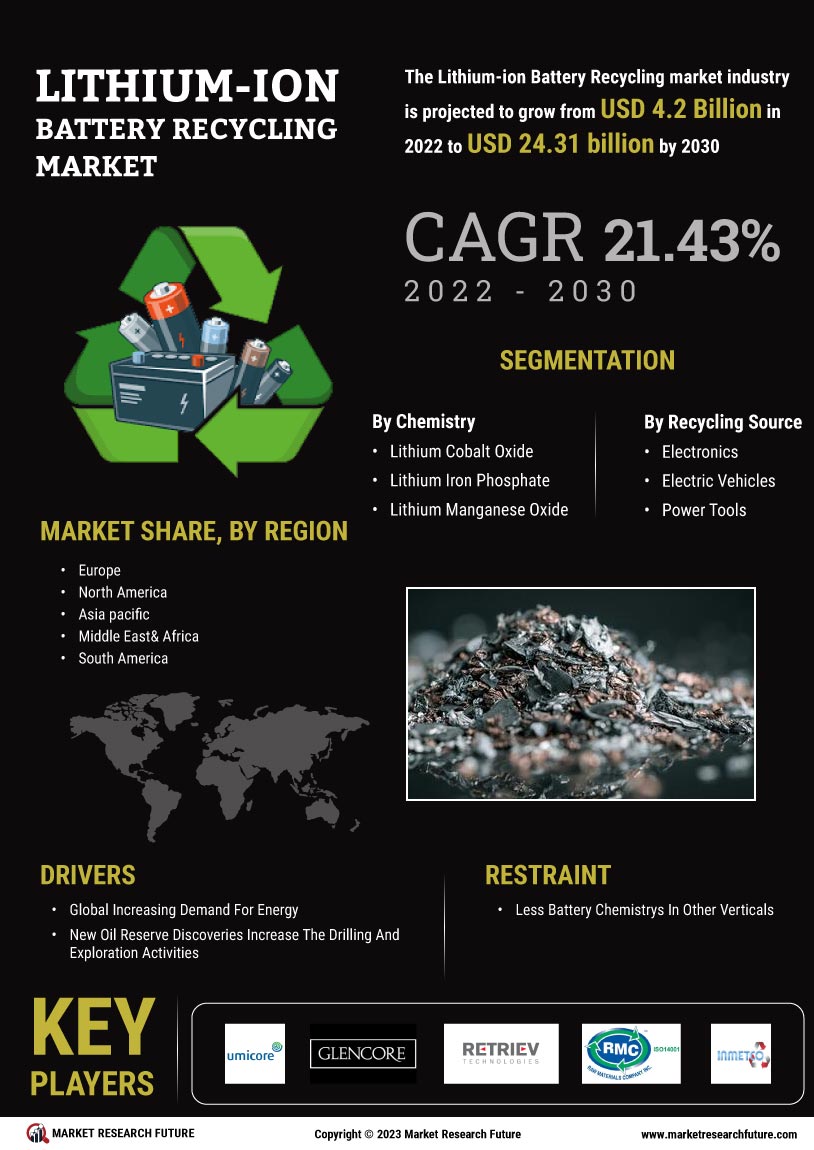

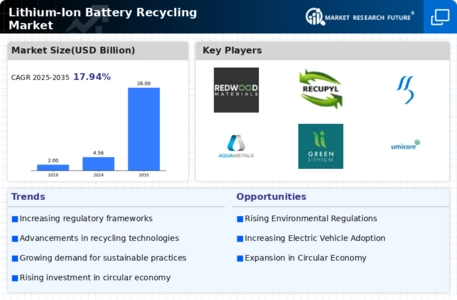

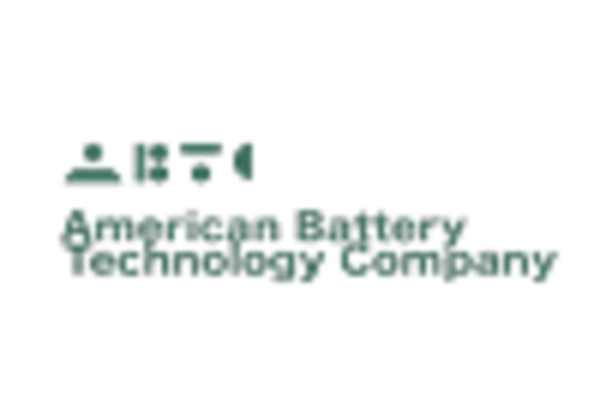
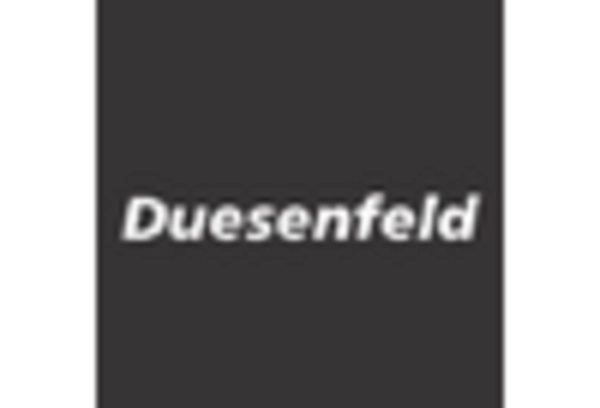
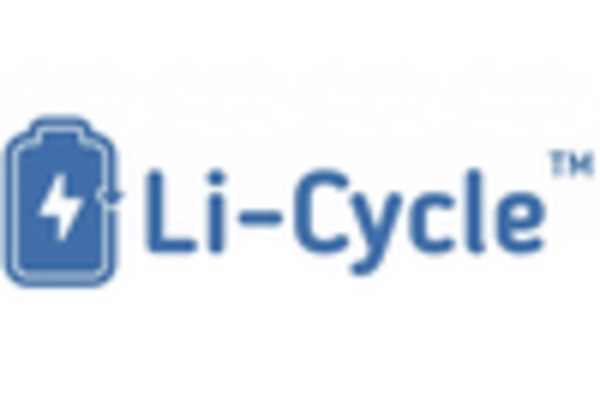
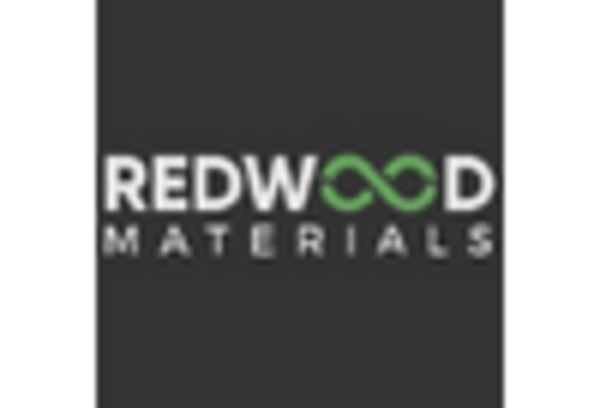
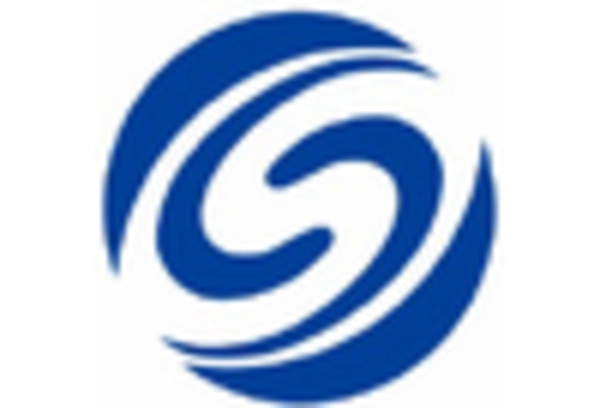
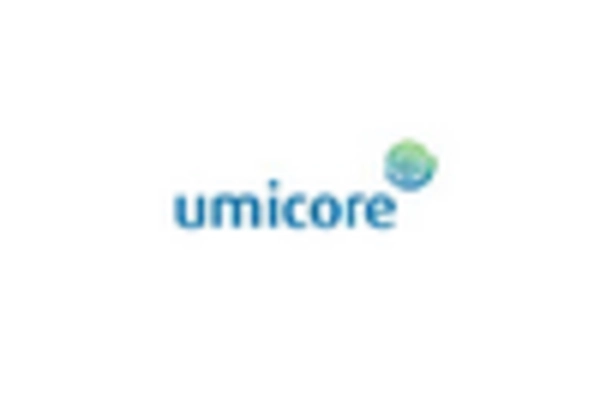








Leave a Comment